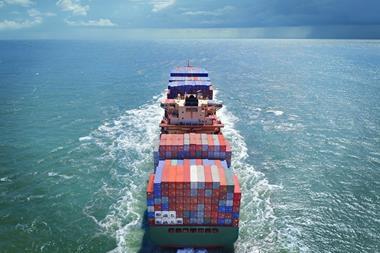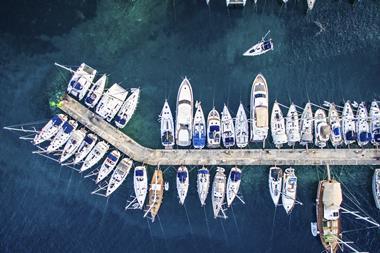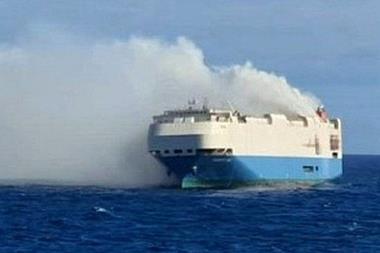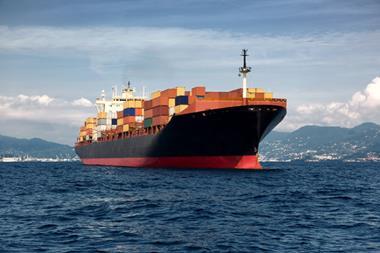Grounding is the second major cause of total loss of all shipping vessels over the past decade - AGCS
Nearly one year after the Ever Given grounded in the Suez Canal, blocking the waterway for six days, another Evergreen ship, the Ever Forward is currently stranded in Maryland’s Chesapeake Bay.
At 334 meters in length and 12,100 teu capacity, the Ever Forward is much smaller than the nearly 400-meter-long, 20,000 TEU Ever Given—both of which are operated by Evergreen Marine, a Taiwanese container shipping company.
It is also a different situation to the Suez Canal incident. The Ever Forward is not blocking ship traffic in and out of Baltimore, let alone the Suez Canal which handles approximately 12% of global trade.
However, the amount of time it taking to refloat the Ever Forward demonstrates the complexities of such exercises, particularly those involving megaships.
Mega ships, mega risks
According to Allianz Global Corporate & Specialty, several risk management lessons can be drawn from the Suez Canal incident a year ago.
”Insurers have been warning for years that the increasing size of vessels is leading to a higher accumulation of risk. These fears are now being realised, potentially offsetting long-term improvements in safety and risk management.
“Such ships generate economies of scale for ship owners but also a disproportionately greater cost when things go wrong. Dealing with incidents involving large ships, such as fires, groundings and collisions, are becoming more complex and expensive.
“Container-carrying capacity on ships has increased by 1,500% over the past 50 years and has doubled over the past decade and a 224,000-tonne, 400-metre-long vessel which can carry up to 20,000 containers like the MS Ever Given is in the top 1% in terms of size of vessels on the ocean.”
In addition to groundings, fires on board large container vessels are now a regular occurrence and such incidents can easily result in large claims in the hundreds of millions of dollars, if not more.
Too big to salvage?
The size of a vessel can significantly increase salvage and general average costs. For some time now many in the salvage industry have warned that container ships are getting too big for situations like this to be resolved efficiently and economically.
”Mega ships require specialist tugs and finding a port of refuge with capacity to handle such a large ship can be difficult, which increases the salvage operation costs,” explains AGCS.
It cites the salvage and wreak removal of Costa Concordia a decade ago, which cost the industry around $2 billion.
“It is clear that in some shipping segments, loss prevention measures have not kept pace with the upscaling of vessels. This is something that needs to be addressed from the design stage onwards.”
“And with 24,000 TEU vessels on the horizon we are now seeing the implications of what might happen more regularly in the future.”
Why the MS Ever Given was a wake-up call for the industry?
While the Suez Canal has a good safety record, last year’s grounding there is no doubt that this incident will encourage future learnings.
“We need to look more closely at how we can minimise the risks of mega-ships, especially in ports or in bottleneck passages like the Suez Canal or the Panama Canal, given the disruption we have seen that grounding incidents can cause,” explains AGCS.
”If a ship runs aground in one of these waterways, specialised tugs would be needed and the port and canals should have access to adequate resources in relatively short time.”
“There may be valuable lessons to be learned around pilotage in such waterways especially when it comes to mega ships. As an example it may be best to put additional restrictions on mega ships entering very narrow stretches of canals based on certain weather conditions.”




















No comments yet